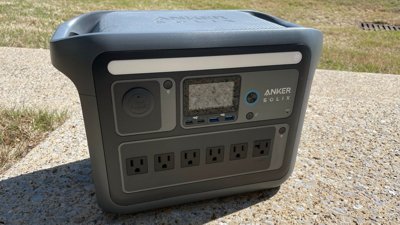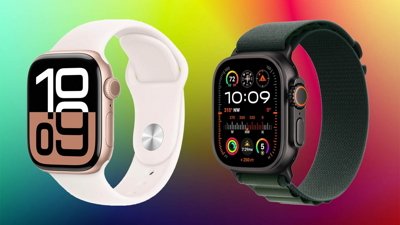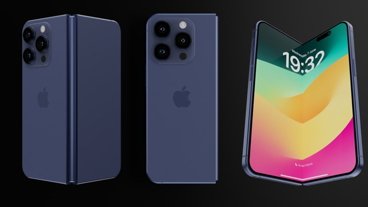The letter obtained and published by Patently Apple, was addressed to the FCC and signed by Robert Steinfeld, EMC and wireless compliance manager with Apple. It cites a desire to keep information about the inner workings of the iPhone secret, despite the fact that the phone was set to be publicly unveiled, and prototypes were disassembled well before that.
"Although Apple has begun to market the device publicly, these documents reveal technical and design information that has not yet been publicly disclosed in such marketing and that is protected by Apple as confidential and proprietary secrets," the letter reads.
It requests a 45-day short-term confidentiality agreement for photographs related to test setup, external, and internal views of the hardware, as well as the user manual. Apple has also asked for permanent confidentiality related to a number of specifics, including schematics and bills of material for the cellular radio, Wi-Fi and Bluetooth functionality.
It is standard practice for Apple to request confidentiality from the FCC. But the request has been viewed as curious by some, considering that prototypes of the near-final iPhone 4 design were publicly disassembled, revealing many of the new device's secrets.
One secret that Apple managed to keep under wraps until last week was the amount of RAM within its latest iPhone. While reports had suggested the A4 had 256MB of embedded RAM — the same amount found inside the iPad — Apple reportedly disclosed to developers during last week's Worldwide Developers Conference that the handset actually features 512MB of RAM, doubling that of last year's iPhone 3GS.
Other technical details and features that Apple might want to keep secret could include secrets such as:
- The design and features of its A4 SoC, which is significantly different from other SoCs sharing its same Cortex A8 CPU core.
- Details related to the performance of iPhone 4's new stainless steel frame antenna.
- Likely new cellular radio support for pentaband UMTS I,II,V,VI,VIII (850/900/1700/1900/2100MHz) 3G bands, enabling improved reception for markets like Japan and New Zealand that use the UMTS 800MHz band VI. Current iPhones (and other smartphones) typically offer quadband UMTS. Apple is currently advertising quadband support, but FCC filings indicate that iPhone 4 is actually a pentaband phone.
- Possible cellular radio support for the AWS UMTS IV band (advanced wireless spectrum), enabling compatibility with the 3G UMTS service T-Mobile operates in the US.
- Possible cellular radio support for CDMA/EVDO, enabling the rumored hybrid operation on Verizon and Sprint.
 Slash Lane
Slash Lane






-m.jpg)






 Amber Neely
Amber Neely
 Christine McKee
Christine McKee
 Malcolm Owen
Malcolm Owen

 William Gallagher
William Gallagher
 Chip Loder
Chip Loder
 Brian Patterson
Brian Patterson

-m.jpg)






45 Comments
This is standard practice. Nothing new here.
They are trying to be consistent with their claim against gizmodo. Plus there could be other Data like antenna strength etc.
If i were the FCC
REQUEST DENIED + kiss n make up with Gizmodo LOL
They are trying to be consistent with their claim against gizmodo. Plus there could be other Data like antenna strength etc.
Or maybe tests showing alternative radios like CDMA ... but i'm just wishful thinking
Even with the theft(s), they managed to hide not only the final RAM total, but the gyroscope and the steel antennas. And other details like the exact screen specs and noise-cancelling mic were anticipated but not definite.